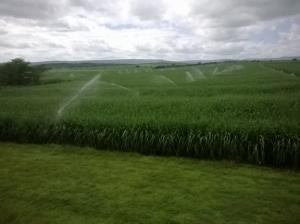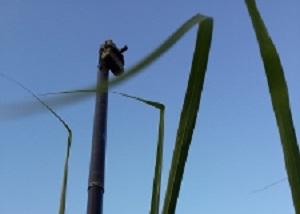Fezile Mtsetfwa
Determine how the conversion of natural vegetation into commercial agricultural fields is impacting bat communities by comparing bat activity in savanna with that of an adjacent commercial agro-ecosystem.

The project seeks to identify how foraging groups such as clutter-edge foragers (Miniopteridae and Vespertilionidae) with broad-band, higher frequency, low duty cycle calls and clutter foragers (Rhinolophidae and Hipposideridae) are affected by the abrupt interference of savanna by commercial agriculture such as sugarcane fields.

The conversion of lowland savannas from natural vegetation into sugarcane plantations has been a growing trend over the past 40 years for many of the countries of southern Africa, including Swaziland. These monocultures have decreased biodiversity on a landscape scale over the last several decades (Hurst et al, 2013). While the importance of riparian areas as foraging sites in African savannas has been shown (Monadjem and Reside, 2008), more recent studies (Noer et al, 2012) have also suggested that some agro-ecosystems such as sugarcane plantations may be favoured over natural habitats by some species of bats e.g. Chaerephon pumilus and Mops condylurus, Molossidae. These species are open air foragers with narrow-band, low-frequency, low duty cycle calls, and therefore more likely to forage over the sugarcane field. It has not been indicated however how this trend could be affecting other foraging groups and this project seeks to do that.
This will be done by monitoring bat activity on randomly selected savanna and sugarcane field sites using using Anabat ll detectors (Titley Electronics Ballina, Australia).
A total of 12 grids will be sampled, six randomly chosen within each habitat (savanna and the sugarcane agro-ecosystem). Each grid will comprise 3×3 (9) points (250m) apart where detectors will be placed. An Anabat detector will be placed at each point on the grid. . Data will be collected for two seasons (winter and summer). Each season will have samples in replicates of three i.e. a single grid will be sampled three times in per season. This sort of sampling will enable determination of relative abundance of the different foraging families within each of the habitats allowing for comparisons to be made.
This project is undertaken seeing as how such information could be vital for the development of any conservation strategies aimed at conserving biodiversity in mosaic landscapes consisting of natural habitats inter-digitating within agro-ecosystems.